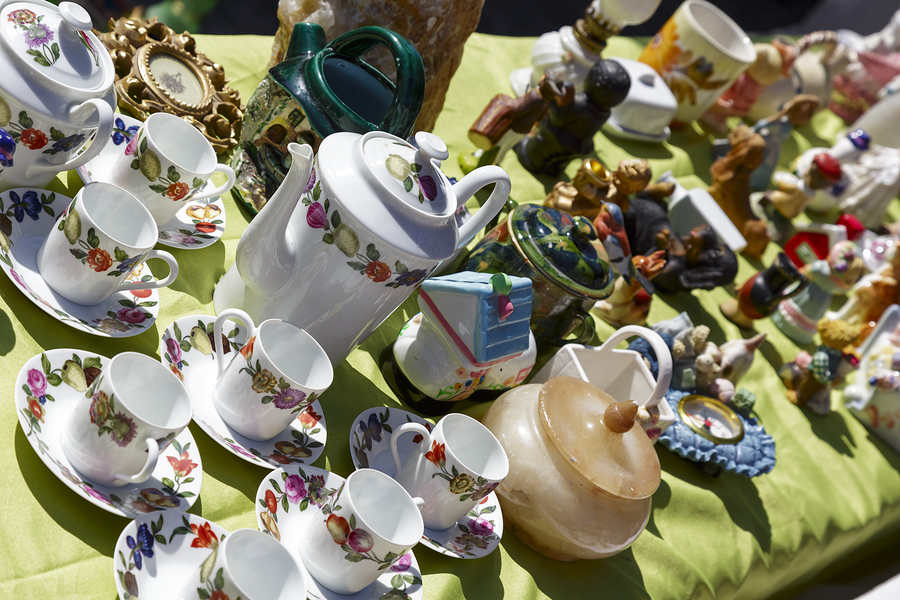How to shop for antiques
When you bag a bargain or uncover a hidden gem, antique shopping can be quite a thrill. The key is to keep your eye on the prize and not rest until you find what you’re looking for.
In addition to perseverance, here are some tips to help you shop for antiques like a pro.
Do your research
Sure, you can stumble across the occasional unexpected treasure, but a bit of research will significantly increase your success rate. Knowing what to look for will save you from spending hours sorting through cheap replicas and tacky knick knacks.
Websites like MillersAntiqueGuide.com and ValueMyStuff.com can be a good place to start when researching the value of various items you’re interested in buying. However, don’t rely on the Internet alone. One of the best ways to broaden your knowledge of different antique categories (jewelry, furniture, memorabilia, etc.), particularly if you’re interested in a niche genre, is to speak with someone who specialises in that area.
Don’t guess
One of the best rules-of-thumb when it comes to antiquing is to be absolutely sure you’re buying what you think you’re buying. If you have any doubts, put the deal on hold. Also, it’s important to ask the antique dealer whether the item has ever been restored or damaged. That’s information that you’ll want to know, but that they won’t necessarily offer up to you unless you ask.
Barter, barter, barter
Although it’s natural to barter at an antique fair or vintage show, you might feel uncomfortable negotiating the price in a proper antique shop. Well, don’t! It’s completely normal to ask the shopkeeper for a discount. Most dealers have a clear idea of exactly how low they can go, and your goal should be to buy the item at that minimum price.
Buy from accredited dealers
Check to make sure the shop, fair, auction or exhibition has been approved by an established trade organisation, such as the British Antique Dealers Association (BADA) or the London and Provincial Antique Dealers Association (LPADA). These trade groups ensure that those selling the antiques are qualified to assess their authenticity and value.
Take a hands-on approach
One of the best ways to get a feel for an item is to, well, get a feel for it! You should always hold the item in your hand to look at it close-up and search for possible flaws. Explore every inch of the antique—the bottom, the top, the inside, the tiny detailing—all of it. Many people carry a magnifying glass with them so they can better inspect the items they’re thinking of buying. This is common practice for antique shoppers, so don’t be afraid to scrutinise to the nth degree.
Do you have any words of wisdom for novice antiquers?
Rachel - Silversurfers Assistant Editor
Latest posts by Rachel - Silversurfers Assistant Editor (see all)
- Get Ready for Stir-up Sunday - November 22, 2024
- Warming Soups - November 15, 2024
- What’s your favourite scary film? - October 26, 2024
- Easy Traybakes for National Baking Week - October 14, 2024
- Practical tips for living with arthritis - October 11, 2024





















